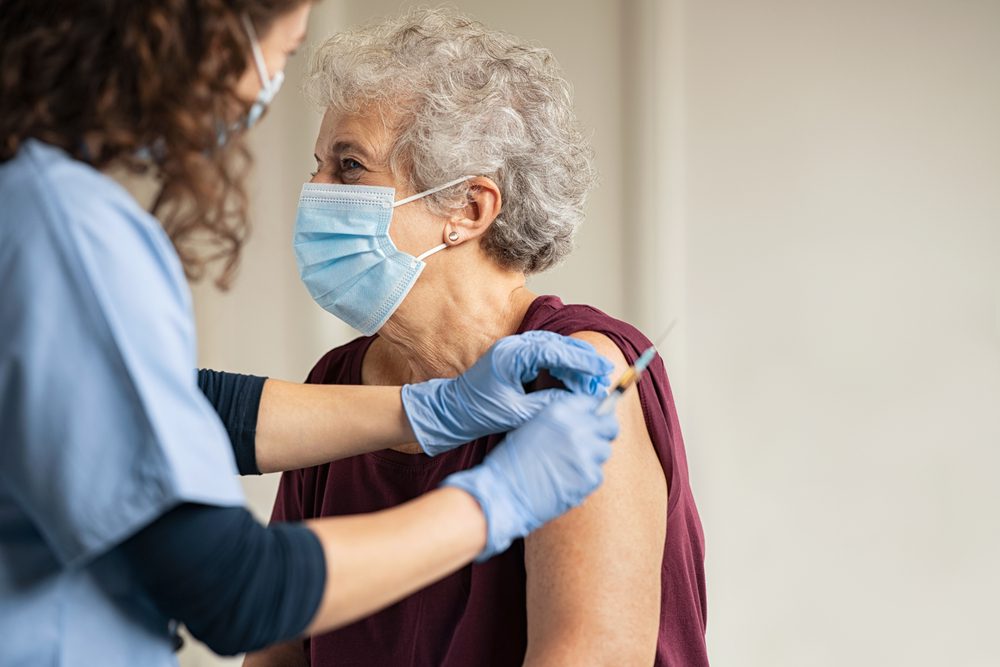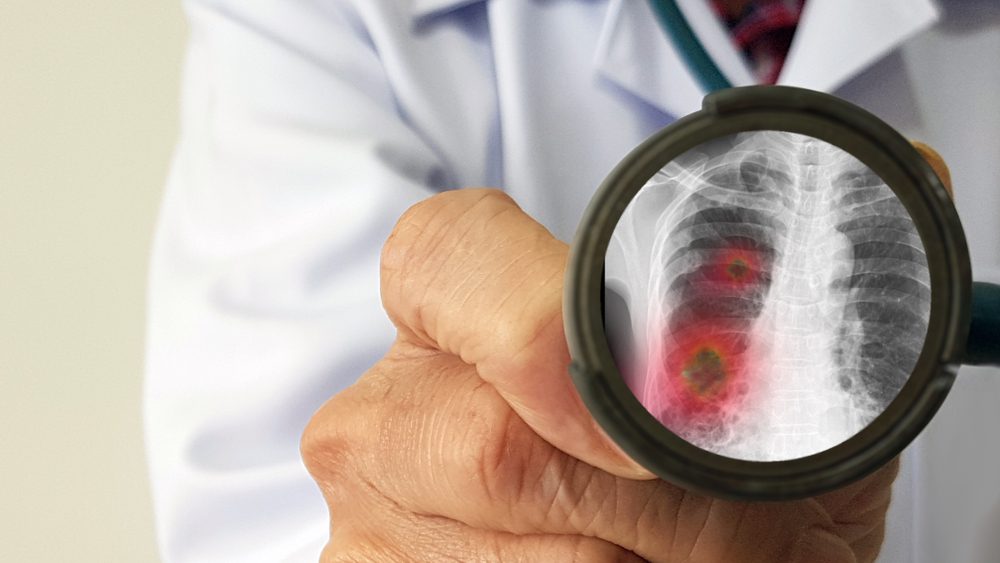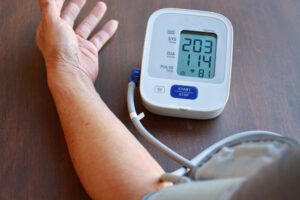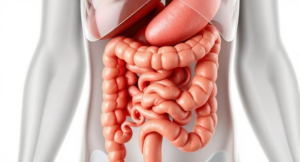Recently, Mycoplasma pneumoniae made headlines all around the world, including the United States, but what is this, and even more important, should we be scared of it?
The bacteria, known as Mycoplasma pneumoniae, often produces a common chest cold, with symptoms that can include throat irritation and a headache. However, we should be careful, as it may lead to severe illness in both children and adults.
According to the Centers for Disease Control and Prevention (CDC), Mycoplasma pneumoniae is the second most prevalent bacterium responsible for pneumonia in hospitalized individuals, based on one of their most recent studies.
But let’s see what the key facts about this illness are that everybody should be aware of. Read on and find out all about them.

1. Be up-to-date with your vaccines
Mycoplasma pneumoniae, just like any other respiratory infection, such as COVID-19, is transmitted through small droplets that are easily produced when someone sneezes or coughs.
This indicates that the majority of us are familiar with steps that might help avoid getting sick, such as remaining at home while you’re feeling ill and washing your hands frequently. Also, wearing a mask when you are in a crowded area can help keep you protected.
Furthermore, while there is no vaccination that can prevent Mycoplasma pneumoniae, receiving shots against the flu, COVID-19, and RSV can be helpful.
Oftentimes, people develop a viral disease first, then get a bacterial infection. The viral infection opens the way for these bacterial diseases to make their way in. This is actually more common than you might think, and this is why being up to date with your vaccinations can help.
When you first get a viral infection, and later on, after your immune system is weak, you develop a bacterial infection, doctors call it a secondary infection. So, do your best and protect yourself against any disease you can get vaccinated for.
Furthermore, COVID-19, the flu, and RSV may all trigger pneumonia. Not to mention Streptococcus pneumoniae, sometimes known as pneumococcus, which is the most common reason for bacterial pneumonia in the US.
2. Mycoplasma pneumoniae is not something new
Even if you haven’t heard of it before, this bacteria has been around for some time. The CDC reports that scientists discovered it in 1944, and since then, people have been infected with it now and then.
It causes roughly 2 million infections in the United States each year; however, health experts believe the figure is significantly higher since many cases go undetected.
This is why most people don’t know about it, but recently, with all of the cases and the spike of infected people from Ohio and also all around the world, this bacteria has become something that everyone talks about today.
Generally, children are the ones who have the greatest chance of developing this disease, but they can easily spread it to other family members. This is why you should know how to identify this illness and protect yourself. Those who are over 65 years old are more susceptible to complications than any other age group.
3. What is “‘walking pneumonia”?
According to the CDC, Mycoplasma pneumoniae infections are more frequent in young people and kids, though anybody can be affected. Symptoms are often minor, such as a sore throat, headaches, lethargy, a cough, a fever, and, in rare cases, an eruption of the skin.
However, Mycoplasma pneumoniae may result in pneumonia, or lung inflammation, and is one of the most widespread causes of “walking pneumonia” in the United States.
Now, let’s see what “walking pneumonia” is. Walking pneumonia, also known as atypical pneumonia, is a more minor type of pneumonia that does not typically need bed rest; however, symptoms might be “a little bit more persistent.”
Sometimes infection may grow increasingly severe, leading to complications such as acute pneumonia, asthma attacks, renal issues, and other medical issues. Individuals with a preexisting lung illness, persons with a weaker immune system, and those who are recovering from a respiratory infection are at a greater risk for a serious infection of Mycoplasma pneumoniae, according to the CDC.
Most people recover from Mycoplasma pneumoniae infections without requiring medical treatment. However, specialized antibiotics are able to treat the bacterium-caused pneumonia.
4. Precaution is key
We know that cases are on the rise, but the best thing you can do is not panic. All the precautionary methods that you used during the COVID-19 pandemic worked perfectly for Mycoplasma pneumoniae, so try to use them and everything will be alright.
During the high-risk season, try to avoid crowded spaces as much as possible, and if you must go to a place where there are a lot of people, wear a mask. Also, don’t forget to wash your hands frequently, especially when you come back home.
Try to avoid getting in contact with people that you know are sick, and in case you feel sick, stay inside. In this way, you will avoid spreading the illness further.
As we already said, the risk of complications is rather low, and most people will not need special treatment in case they get infected with Mycoplasma pneumoniae.
5. It is not surprising that we have more cases than before
According to microbiologists at the Johns Hopkins Bloomberg School of Public Health, we normally experience Mycoplasma pneumoniae spikes on a regular basis—once every three to seven years, based on the CDC—so it’s not out of the ordinary that we have one now.
So you might wonder, “Why all the fuss then?” Well, if we look back, the COVID-19 pandemic started with a mysterious penumoia in China. This is why most of us are on edge these days and worry so much about respiratory illnesses and pneumonia.
Hopefully, medical professionals think that the microorganisms causing a spike in pediatric pneumonia cases reported in some parts of the United States and a couple of European countries are nothing unusual or strange. These increases are most likely driven by bacteria and viruses that we anticipate to come across throughout the cold and flu seasons.
With many of these illnesses, the normal course of events is that you become sick, receive a temporary increase in your immunity, and then that defense fades over time, leaving you vulnerable until the next time you’re infected. As a result of all the COVID-19 safety measures, we may be witnessing an outbreak of some of these illnesses that people haven’t experienced in the past few years.

Symptoms of mycoplasma pneumoniae
Symptoms are usually mild and occur throughout 1–3 weeks. In certain people, they can get more severe.
The main symptoms are chills and chest aches; coughing that is typically dry and not bloody; sweating excessively; fever (that can be high); headache; and throat discomfort.
People who are suspected of having pneumonia must undergo a thorough medical examination. Because it may be difficult for your doctor to establish if you have bronchitis, pneumonia, or another respiratory disease, a chest x-ray may be required.
Most individuals recover entirely without antibiotics, though medications can speed up recovery. Coughing and weakness in adults might linger for up to one month if not dealt with. The condition can be more severe in elderly people and individuals with compromised immune systems.
If you want to check your fever, a thermometer can come in handy: Thermometer for Adults, Digital Oral Thermometer for Fever
You should also read: 24-Hour Flu: What It Is, How You Treat It, and More






